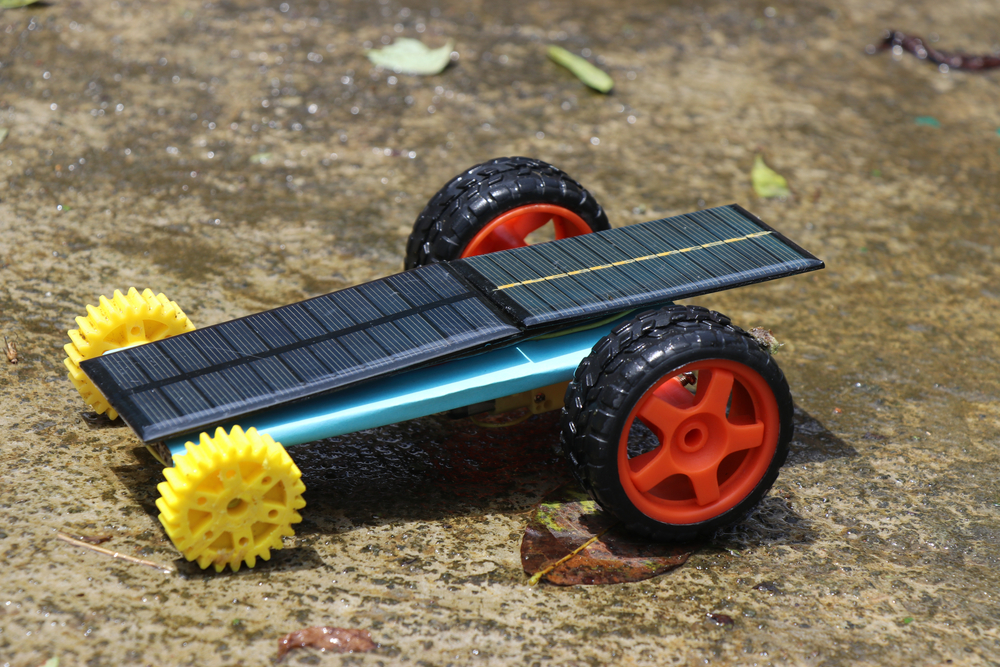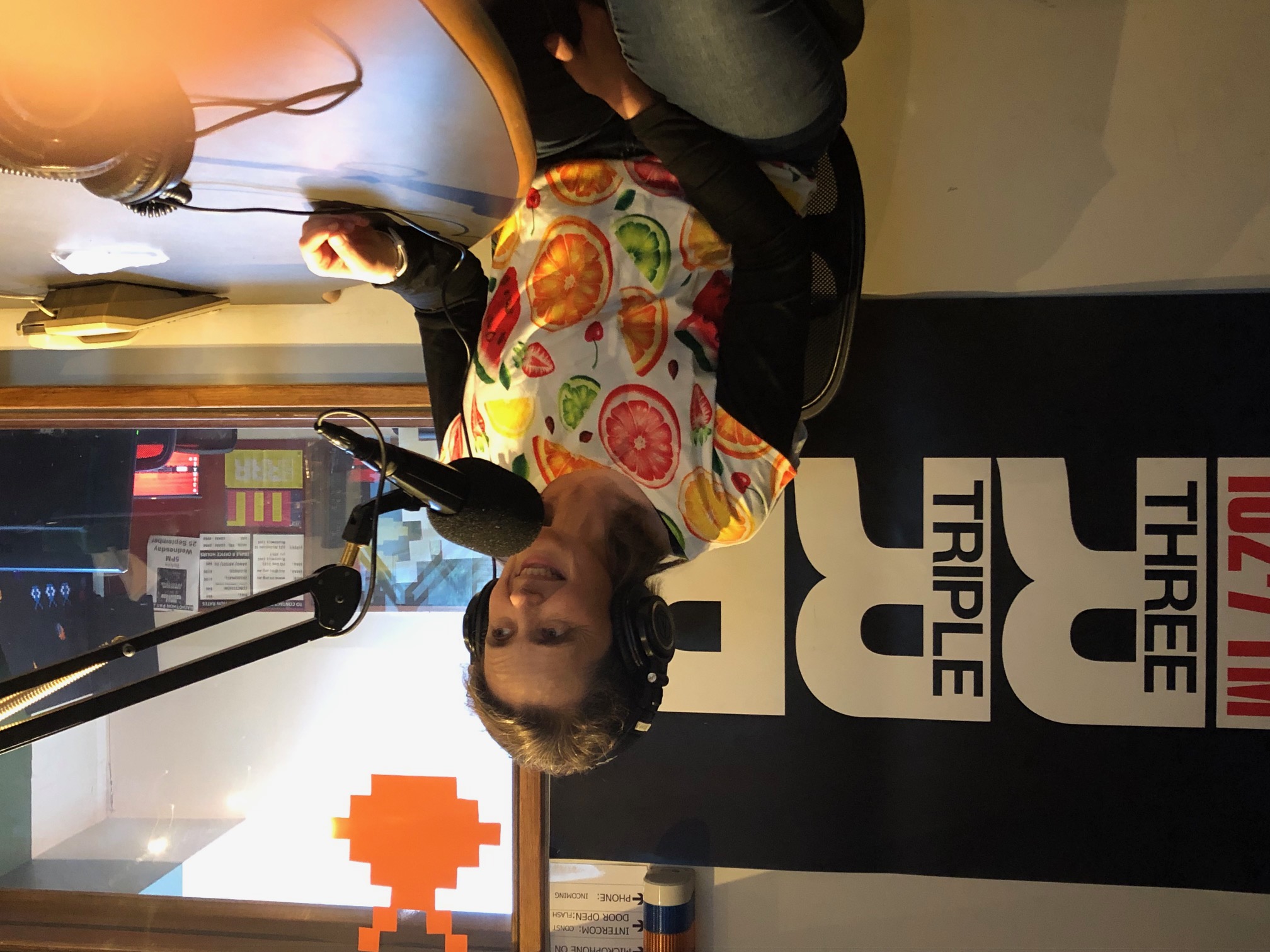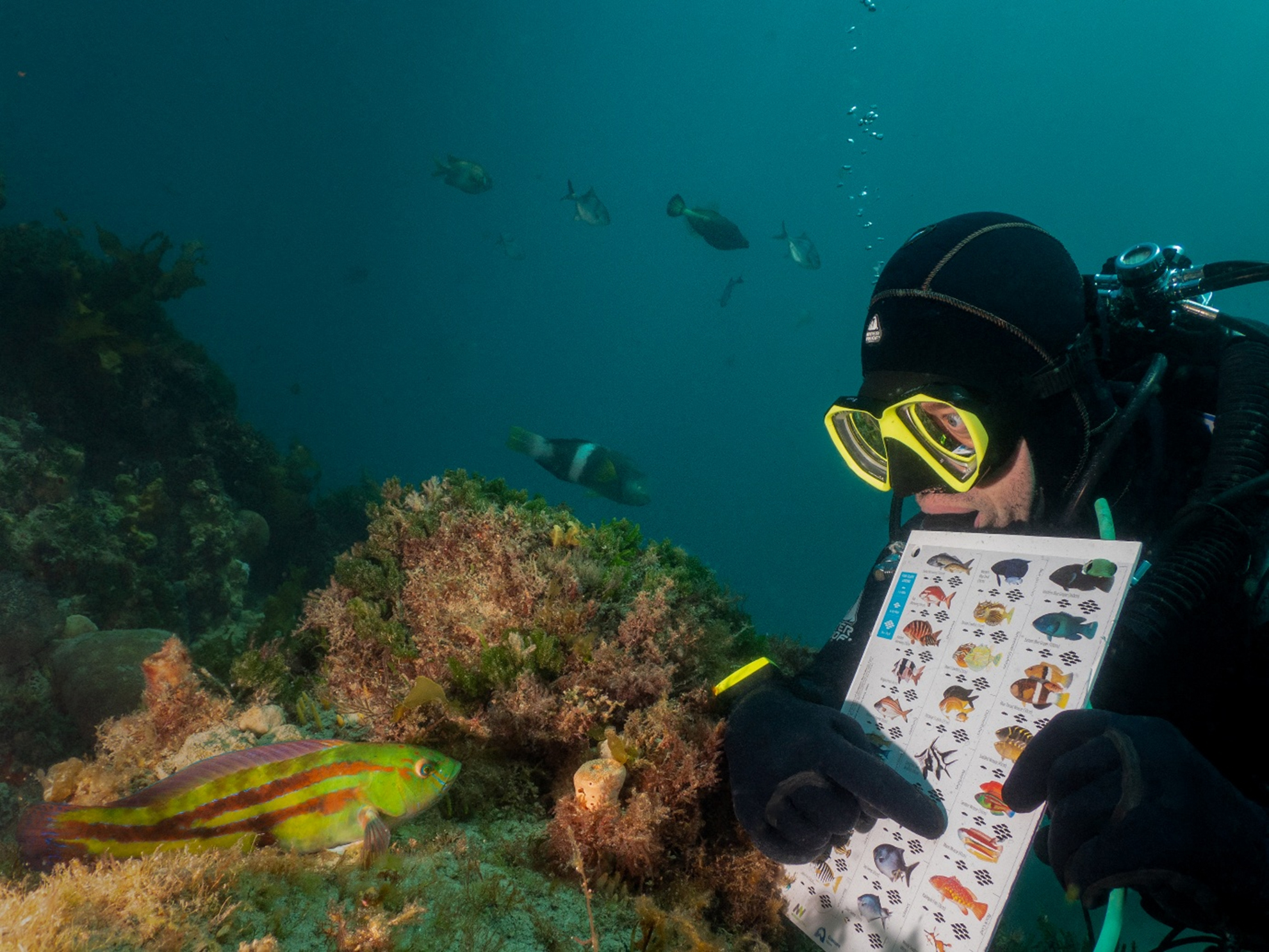Could Rusty Water Save the Environment?
Science Victoria Edition

By Ryan Harper,
PhD Candidate, The University of Melbourne

We do a lot to pollute the environment. We know the harmful effects that microplastics and pesticides can have on aquatic life. However, a pollutant that we often overlook is one you might not expect.
The hormone oestrogen pollutes our waterways, virtually unchanged even by wastewater treatment, and now marine life is subjected to a drug cocktail that contaminates rivers and streams.
The effects of oestrogen are far-reaching
Whilst essential to human development, oestrogen can have disastrous effects on the environment at every point along the food chain.
We expect oestrogen to influence our normal physiology (e.g., puberty, reproduction, and other functions in our bodies). The purpose of additional oestrogen in the contraceptive pill is to disrupt the menstrual cycle – but it is having unintended consequences as it enters the environment and disturbs the normal, delicate hormone balance of many different animals and plants. With the conservation of hormone receptors across different life forms, it can act on the receptors of “off-target” species.
Oestrogen harms plants, negatively affecting root and shoot development, flowering, and germination.1
Oestrogen also harms fish. Not only is it carcinogenic to fish, but it also severely impacts their reproductive cycle. In North America, a population of fathead minnows were almost completely wiped out due to the introduction of synthetic oestrogen into their lake.2 The same study also found that oestrogen can “feminise” male fish, leading them to develop early-stage eggs in their testes.2
Oestrogen can hurt you too!
Even if the mental image of shrivelled plants and sad, dead fish doesn’t perturb you, oestrogen pollution can harm humans too. Oestrogen pollution has been linked to higher rates of breast cancer in women, and prostate cancer in men.3,4
Where is this oestrogen coming from?
It only takes trace amounts of oestrogen in the water to cause these problems, and the concentration of oestrogen in the water is increasing.
The biggest culprit: cattle.

Cattle worldwide were responsible for almost 98% of oestrogens secreted into the environment in 2015.5 That is fourteen thousand tons of oestrogen. The use of growth hormones in cattle farming results in synthetic oestrogen being released in their urine and faeces,1 which finds its way into our waterways, our environment, and eventually back into our drinking water.
Luckily for Victorians, oestrogen pollution levels are not yet high enough to affect our native wildlife.6 But don’t breathe a sigh of relief just yet. Victoria is the third-largest cattle producer in Australia, with an estimated 2.9 million beef cattle in 2023.7 With a growing population and an increase in cattle farming, oestrogen pollution is expected to increase in the coming years.
This is a growing problem, and we need a solution.
Luckily, materials scientists at Friedrich-Alexander-Universität Erlangen-Nürnberg believe they have the answer. ‘Smart Rust’: a nanoparticle that can stick to oestrogen and help pull it out of our waterways.8
What makes ‘Smart Rust’ so smart?
Smart Rust is made up of small hair-like molecules that can trap oestrogen. These ‘hairs’ are attached to superparamagnetic iron oxide nanoparticles, or as it is better known: rust. Smart Rust can attract many substances, including oil, microplastics, and oestrogen, depending on the particles’ coating.
Oestrogen molecules have a bulky steroid body and parts with slight negative charges. If the nanoparticles are coated with compounds that are positive and long, then they can draw the oestrogen molecules in and wrap around them to trap them in place.
These tiny oestrogen-hunters can be introduced into waterways, capturing the polluting oestrogen. It can then be removed from the water using an electromagnetic field that attracts the rust. The benefit of the iron oxide being in superparamagnetic form means that they are drawn to magnets, but not to each other, so that the particles don’t clump.
Essentially, Smart Rust could allow us to pull oestrogen from the water using a magnet.
The future of water purification
Smart Rust may provide us with an affordable and efficient way of removing a harmful pollutant from our water and saving the environment. It has already been able to remove much of the oestrogen from water samples in the lab.8 All that’s left is to test it in actual waterways. It could be that in the future, “rusty” water may actually be the safest to drink!
—
Ryan Harper is currently doing a PhD in immunology at the University of Melbourne and the Peter Doherty Institute for Infection and Immunity after studying immunology and science communication as part of his Master’s degree.
References:
- Adeel, M., et al. (2017). Environmental impact of estrogens on human, animal and plant life: A critical review. Environment International, 99, 107–119. DOI: 10.1016/j.envint.2016.12.010
- Kidd, K. A., et al. (2014). Direct and indirect responses of a freshwater food web to a potent synthetic oestrogen. Philosophical Transactions of the Royal Society B: Biological Sciences, 369(1656), DOI: 10.1098/rstb.2013.0578
- Moore, S. C., et al. (2016). Endogenous Estrogens, Estrogen Metabolites, and Breast Cancer Risk in Postmenopausal Chinese Women. JNCI Journal of the National Cancer Institute, 108(10). DOI: 10.1093/jnci/djw103
- Nelles, J. L., et al. (2011). Estrogen action and prostate cancer. Expert Review of Endocrinology & Metabolism, 6(3), 437–451. DOI: 10.1586/eem.11.20
- Zhang, Q.-Q., et al. (2021). How much do human and livestock actually contribute to steroids emission and surface water pollution from past to the future: A global research. Science of the Total Environment, 772. DOI: 10.1016/j.scitotenv.2021.145558
- Australian Bureau of Statistics. (2024, June 14). Australian Agriculture: Livestock, 2022-23 financial year. https://www.abs.gov.au/statistics/industry/agriculture/australian-agriculture-livestock/latest-release
- Hassell, K., et al. (2016). No evidence of exposure to environmental estrogens in two feral fish species sampled from the Yarra River, Australia: A comparison with Northern Hemisphere studies. Ecotoxicology and Environmental Safety, 131, 104–117. DOI: 10.1016/j.ecoenv.2016.05.004
- The American Chemical Society. (2023, August 16). Cleaning water with ‘smart rust’ and magnets. https://www.acs.org/pressroom/newsreleases/2023/august/cleaning-water-with-smart-rust-and-magnets-video.html
Discover how you can join the society
Join The Royal Society of Victoria. From expert panels to unique events, we're your go-to for scientific engagement. Let's create something amazing.



















